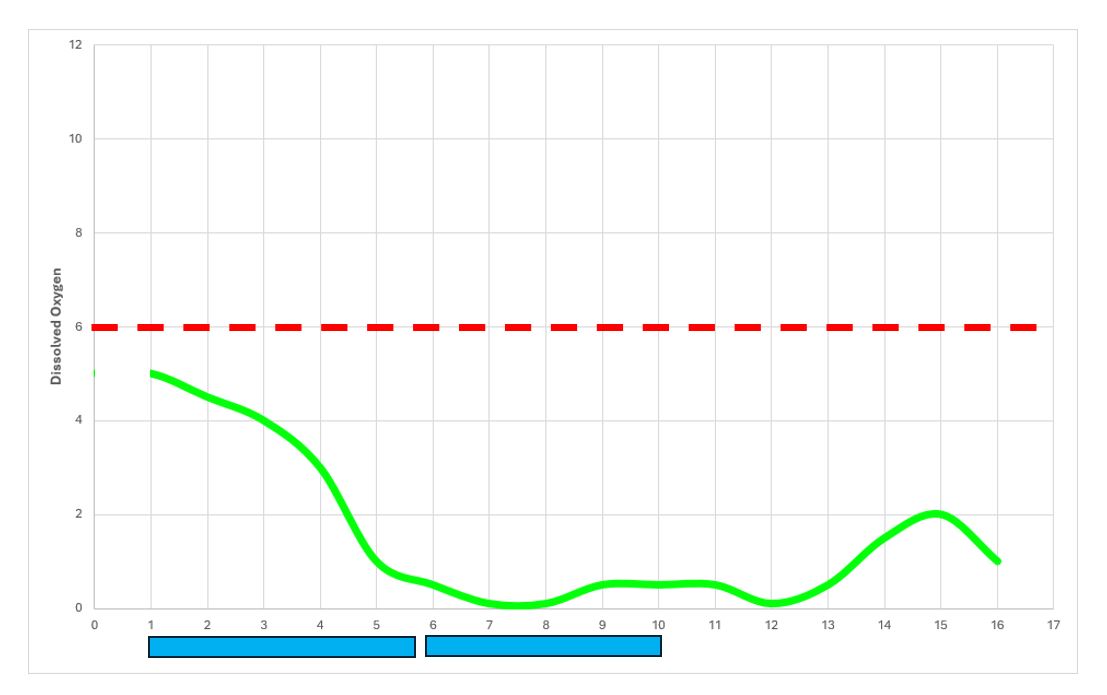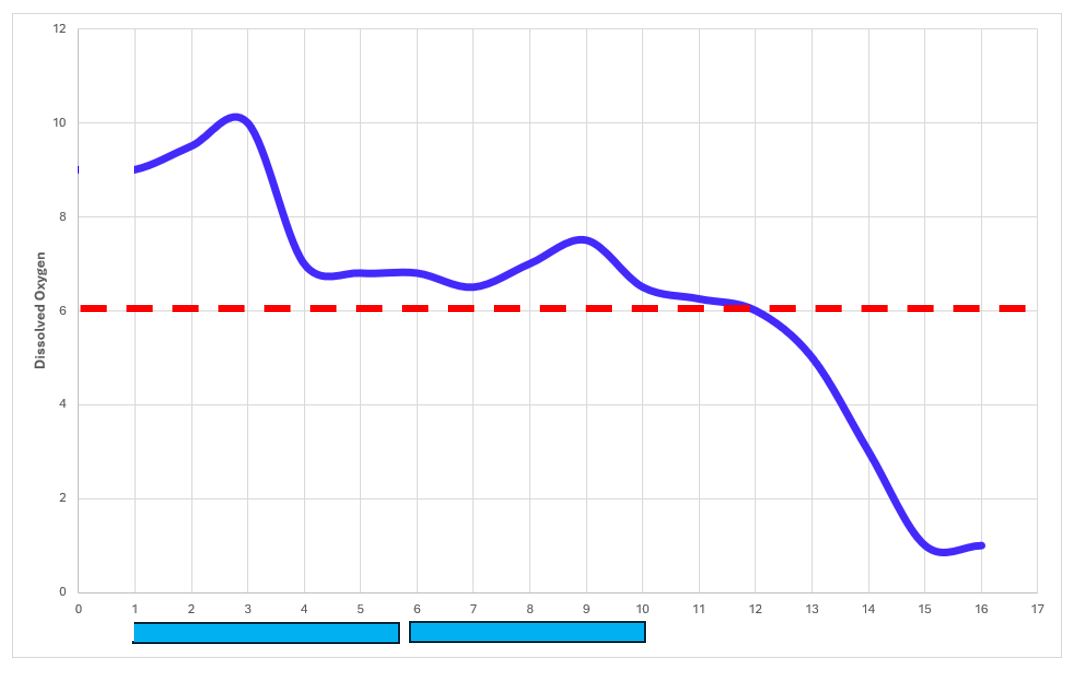ONE BIOTECHNOLOGY IN ACTION
Navigating the Road to Renewable Water

From global leaders to private citizens, we share the critical responsibility of restoring the world’s biological water resources.
The challenges we face are complex, with far-reaching implications for generations to come.
Not only must we ensure water security where it is threatened, the world needs potable water, water-borne sanitation, and wastewater treatment in areas lacking these essential services. Their absence poses health risks, entrenches poverty and contributes to the degradation of natural water resources.
But The Paradox of Infrastructure creates a “Catch-22” situation: constructing more wastewater treatment infrastructure increases the overload and degradation of our natural water infrastructure, further crippling its ability to deliver Renewable Water. Existing treatment facilities, often aging or overburdened, struggle to meet increasing demands.
SIS.BIO’s ONE Biotechnology represents a paradigm shift in biological water management and serves as a critical component of an Integrated Water Resource Management strategy.
Below are some brief insights into what has been achieved with ONE Biotechnology.
WASTEWATER TREATMENT
In South Africa, in partnership with the national Department of Public Works, SIS.BIO demonstrated the powerful impact that ONE Biotechnology has on poorly maintained, overloaded, non-compliant wastewater treatment works, some of which were receiving double both their organic and hydraulic load design capacity.
The project was designed to include a variety of treatment processes including:
Anaerobic Sludge Digestion
Improvements of over 90% were achieved in sludge digestion and management. With improved sludge digestion, operation costs are lowered.
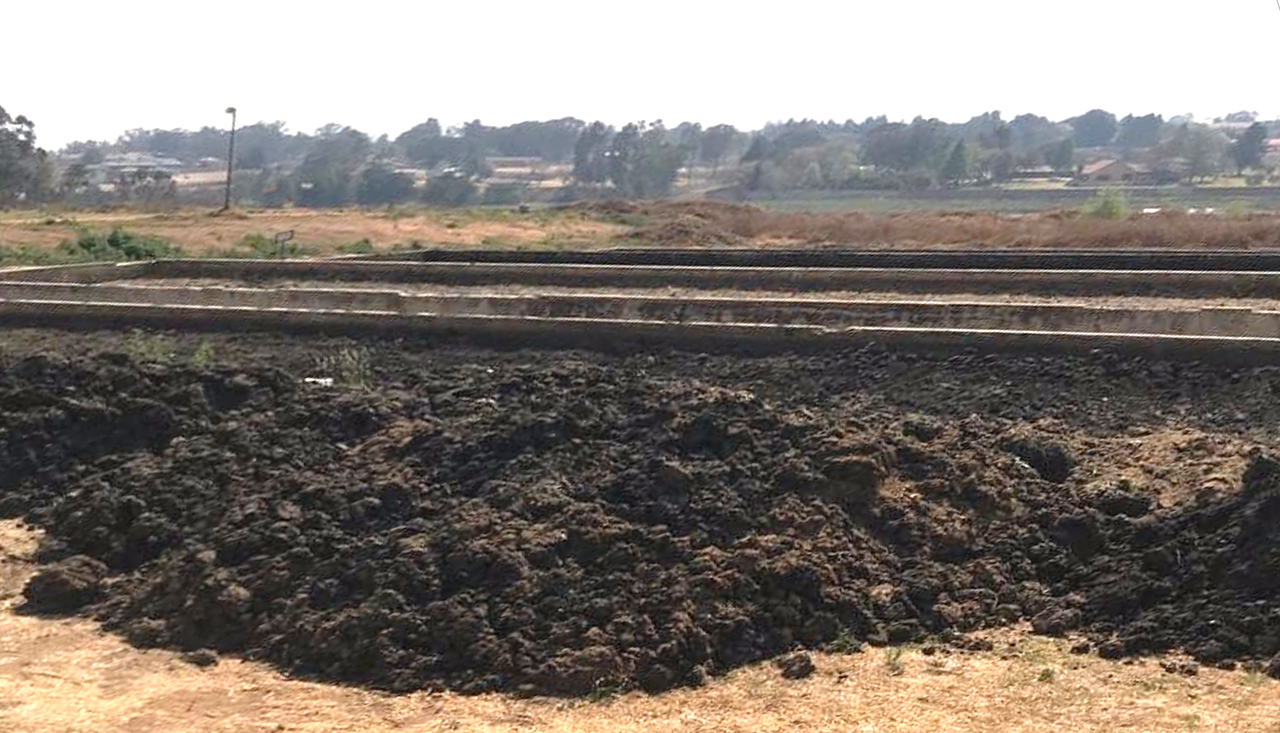

Activated Sludge & BNR
In addition to performance improvements and compliance, at activated sludge plants, energy savings of up to 80% were achieved.
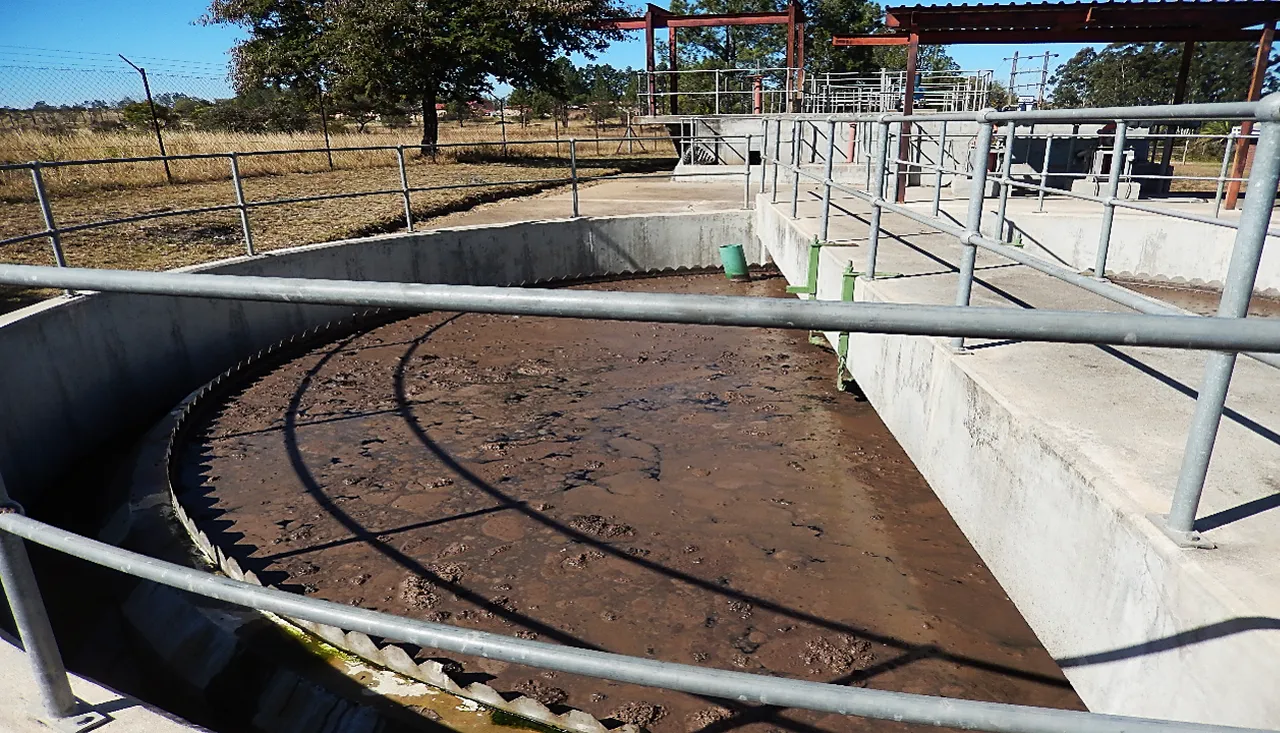

Trickling Biofilters
The video clips below show the outflow from the biofilter before and after intervention.
Lagoon Systems


At every site, plants that had been non-compliant with regulatory standards for discharged effluent for over a decade, achieved compliance within weeks of implementing ONE Biotechnology interventions to their plant processes.
At one plant that included post treatment “polishing” ponds, discharged treated wastewater effluent quality was better than that in the reservoir used to provide potable water to the town.
ONE Biotechnology’s value proposition is compelling.
First and foremost, ONE Biotechnology enables significant capital cost savings by increasing the effective treatment capacity of existing plants. This means that wastewater treatment facilities can handle higher volumes and more complex wastewater streams without the need for costly expansions or the construction of new infrastructure.
Secondly, ONE Biotechnology delivers operational savings by reducing electricity consumption. In some cases, particularly for smaller rural plants, the energy savings can be so significant that stand-alone solar power becomes a feasible option, meaning that wastewater treatment in locations where it was previously not economically feasible.
Finally, ONE Biotechnology is a powerful tool for ensuring regulatory compliance, even for overloaded or incapacitated wastewater treatment plants, enabling increasingly stringent discharge standards to be met and costly fines or legal consequences avoided.
NATURAL WATER INFRASTRUCTURE
Just as ONE Biotechnology has proven to be a game-changer in wastewater treatment operations, its applications extend far beyond the confines of treatment plants, making ONE Biotechnology can transform natural water infrastructure from liability to productive asset.
Rivers, lakes, dams, and reservoirs are critical components of our water ecosystem, providing essential services such as water storage, flood control, and recreational opportunities. However, these vital resources are increasingly threatened by eutrophication leadsing to the degradation of water quality, proliferation of harmful algal blooms, and reduced dissolved oxygen levels, all of which can have devastating consequences for aquatic life and our ability to make water safe for consumption again.
By leveraging the power of ONE Biotechnology, we can tackle eutrophication head-on and restore the health, resilience and performance of our natural water infrastructure.
In the following section, we explore real-world examples that demonstrate the transformative potential of ONE Biotechnology in revitalizing natural water resources and ensuring a sustainable supply of Renewable Water for generations to come.
Rivers
Lower Provo River, Utah, USA
The Lower Provo River has suffered from hypoxia, harmful algae blooms and fish kills for many years. Together with Bio-West, ONE Biotechnology is successfully restoring the Lower Provo River to pristine condition in Utah, USA.
The first phase of the project aimed to determine:
- Whether it was possible to raise DO in peak summer along the length of the river to an ambitious target of 6mg/l (red dotted line on the graphs below)
- How far the carryover effect of the oxygenation would continue
On the horizontal axis in the graphs below, the numbers indicate sixteen DO sampling points along the length of the river, which are approximately 150m apart. DO was measured at the bottom or the river.
The river is only about 0.5m deep at sampling point 0 and gets progressively deeper to around 4m at sampling point 16.
Because of the differences in depth, two different oxygenation technologies were used. The first operated in the shallower section of the river from position 2 to position 6. The second from position 6 to position 10. This is indicated by the two blue horizontal bars.
Dissolved Oxygen – AFTER Oxygenation System Installed
The chart above shows Dissolved Oxygen levels taken at the same 16 sampling points 2 weeks after the oxygenation systems had been commissioned. The target of 6mg/l DO was achieved for the full length of the river where the oxygenation systems were operating and approximately a further 300m downstream.
It was successfully demonstrated once again that oxygenation and remediation of hypoxic eutrophic rivers can be achieved with SIS.BIO.
Lakes
Together with Clean-Flo International hundreds of recreational lakes in the USA have been saved from eutrophication.
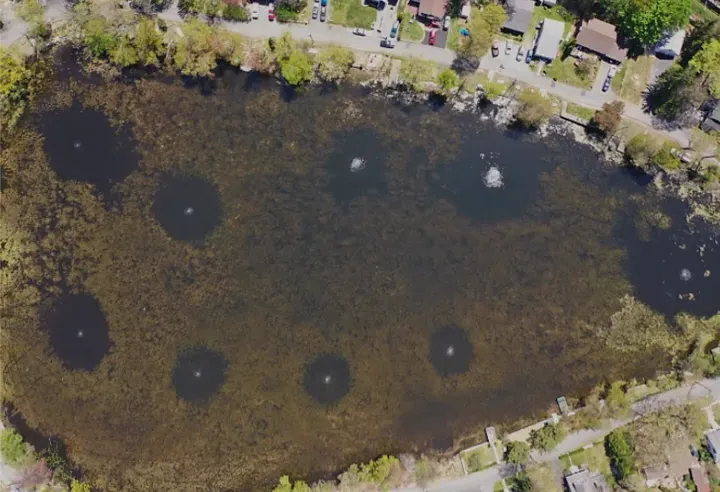



Problems such as invasive weeds, excessive algae blooms, coliform contamination and excessive organic sediment are all resolved using ONE Biotechnology.
Reservoirs
Toxic Cyanobacteria HABs used to plague Toa Vaca Reservoir in Puerto Rico, but not any more.
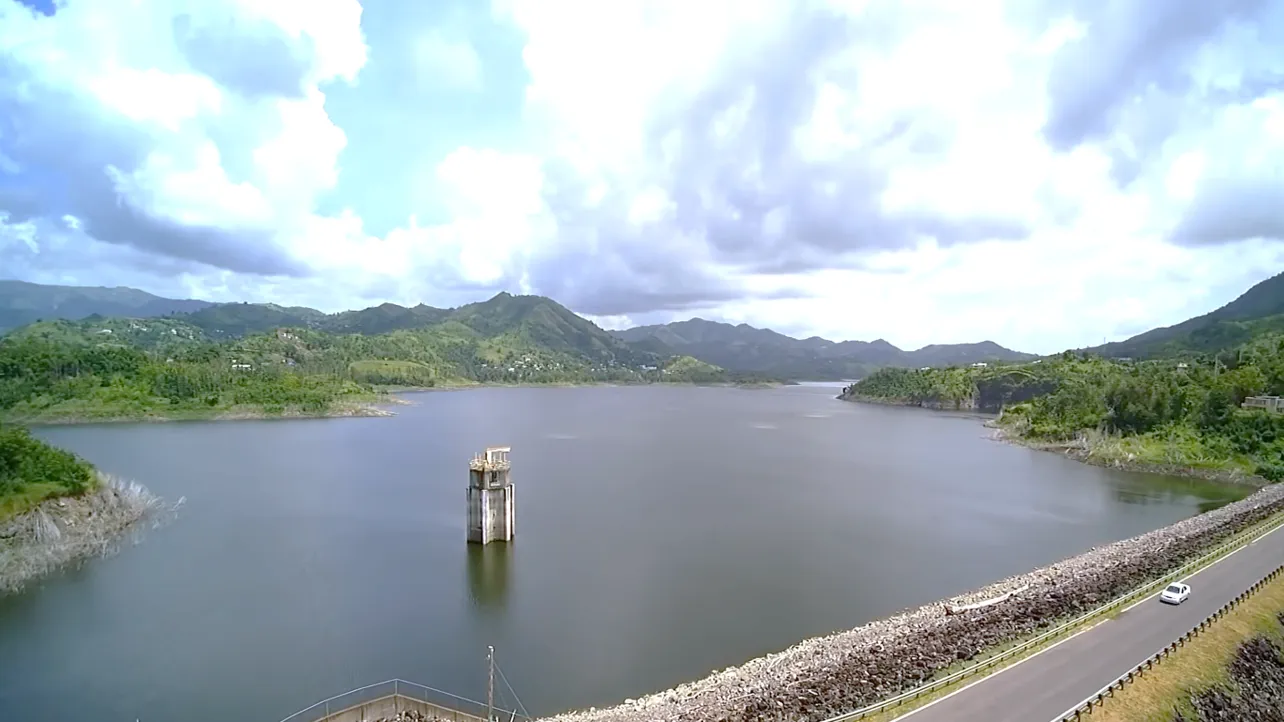
Lower TOC and phytoplankton levels meant that chemical treatment usage at Toa Vaca water treatment plants was halved, which halved Disinfection By-Products such as TTHMs and brought the plant into compliance for the first time in many years.
CHARTING YOUR ROADMAP TO RENEWABLE WATER
The potential for ONE Biotechnology to transform the way we manage and protect our water resources is truly remarkable. From enhancing wastewater treatment operations to restoring the health and vitality of our natural water infrastructure, ONE Biotechnology offers a comprehensive and adaptable solution to the complex challenges we face.
However, the Road to Renewable Water is not one that can be travelled alone. It requires the collaboration, commitment, and leadership of stakeholders from across the water sector, including political leaders, policymakers, regulators, researchers, operators, investors, and business executives.
Our invitation is to take the first step in charting your Roadmap to Renewable Water by contacting us learning how to leverage the power of ONE Biotechnology to develop the Roadmap that addresses the unique challenges and opportunities facing your organization, community, or region.
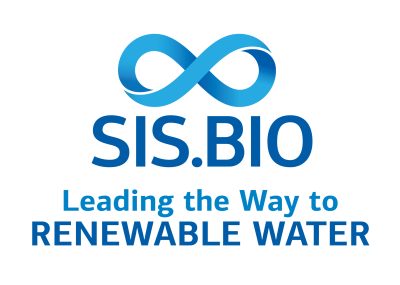
Join us. The future of water is biological.

